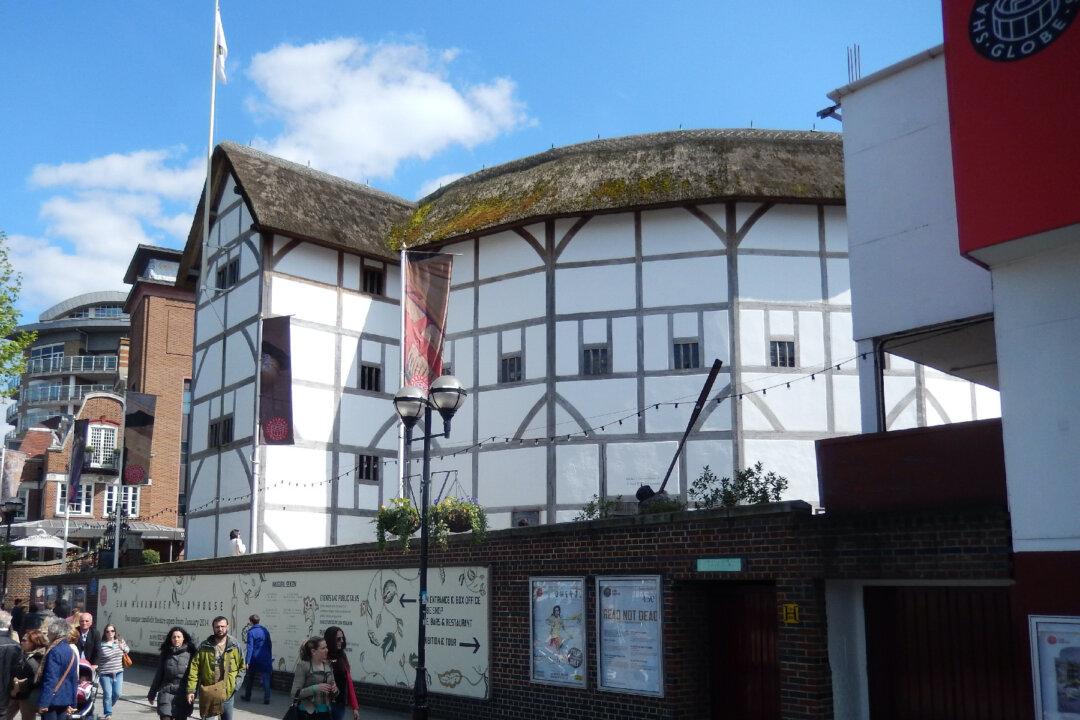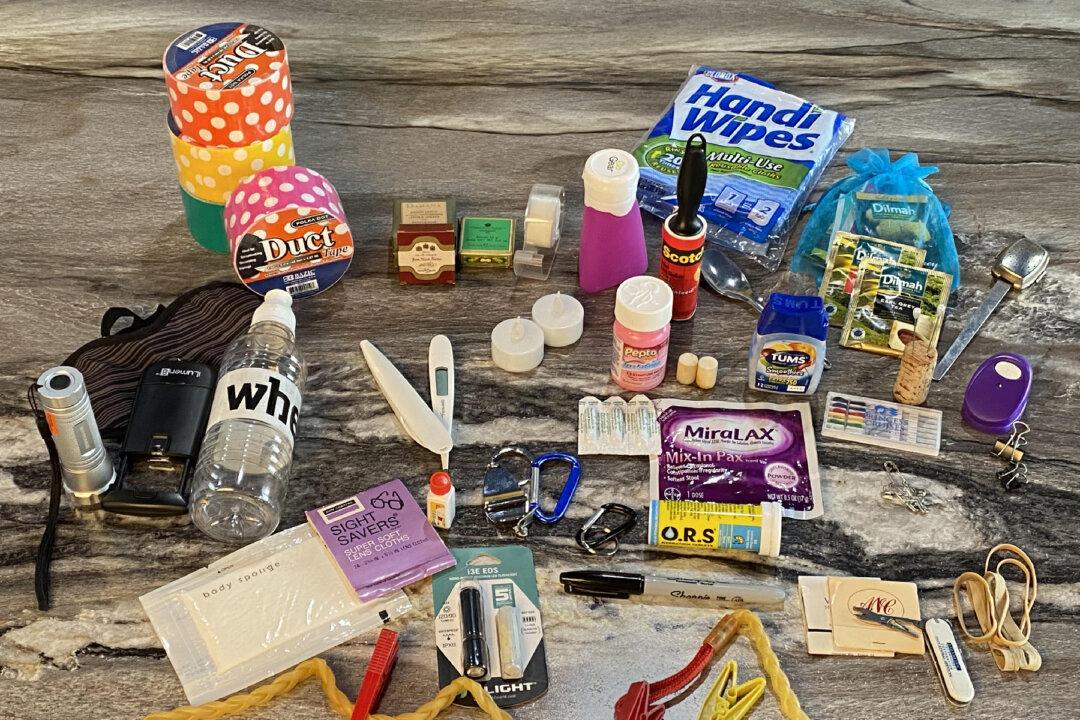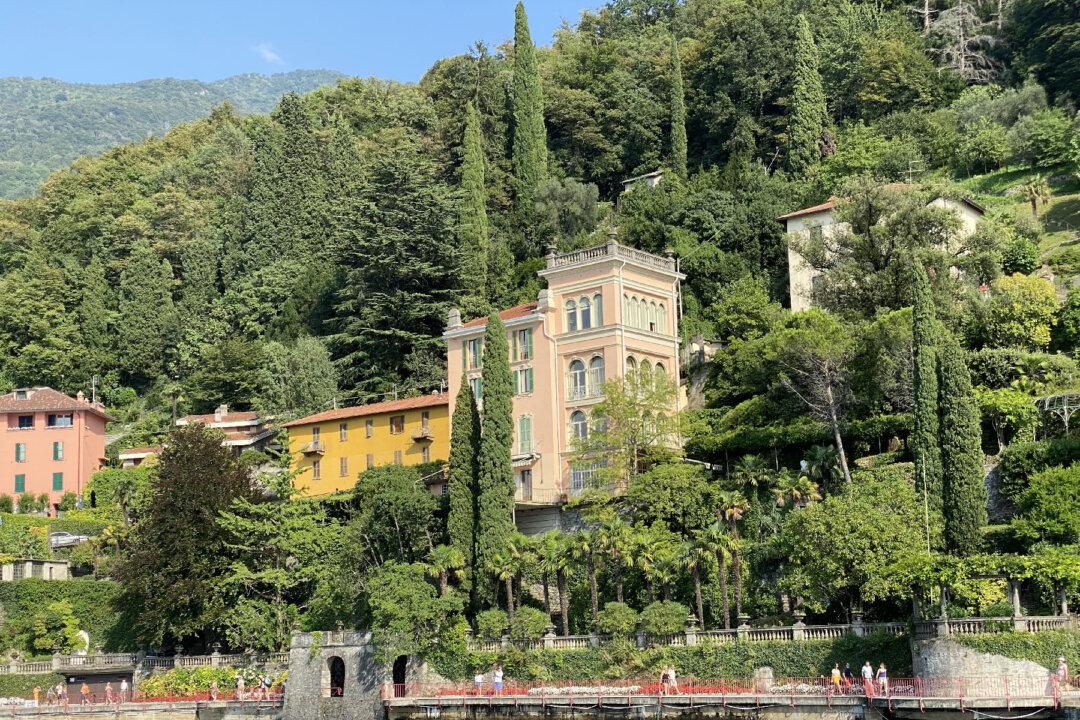“Slow down. Slow way down,” is the advice I give when asked to help design an itinerary. Typically, people have two weeks in Europe and want to cram in as many countries as possible. Indeed, the distance between England and Germany is about the same as from New York to Cleveland but with vastly different cultures, languages, and international borders.
Everyone wants to tick off the postcard icons and get that Instagram selfie with the Eiffel Tower, Notre Dame, Big Ben, the London Eye, the Berlin Wall, or the Cologne Cathedral, but the amount of money and human energy it takes to fit all these into a traditional trip aren’t worth it, and the memories you make won’t be nearly as meaningful. Sure, you can check off the top 10 things to see in London in a few days by taking a hop-on hop-off bus. But as Henry David Thoreau said, “The only people who ever get anyplace interesting are the people who get lost.”





